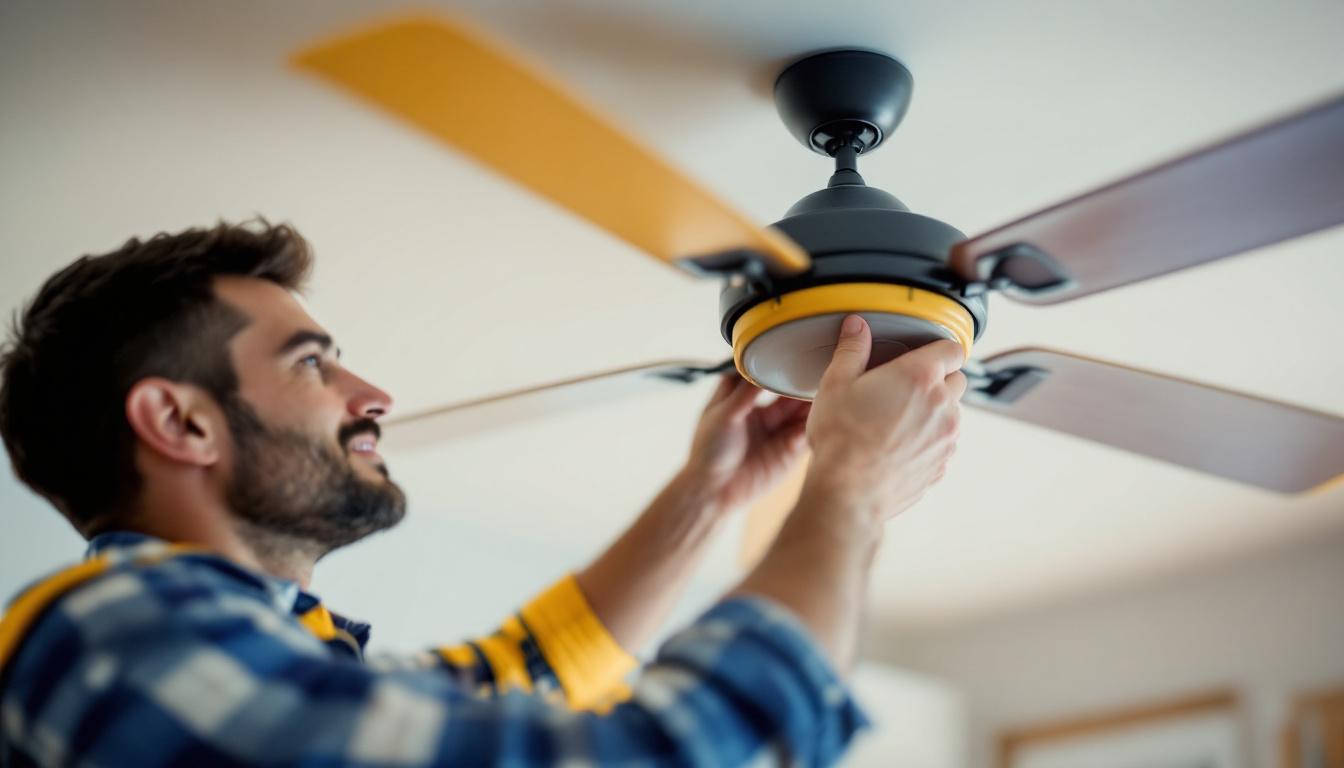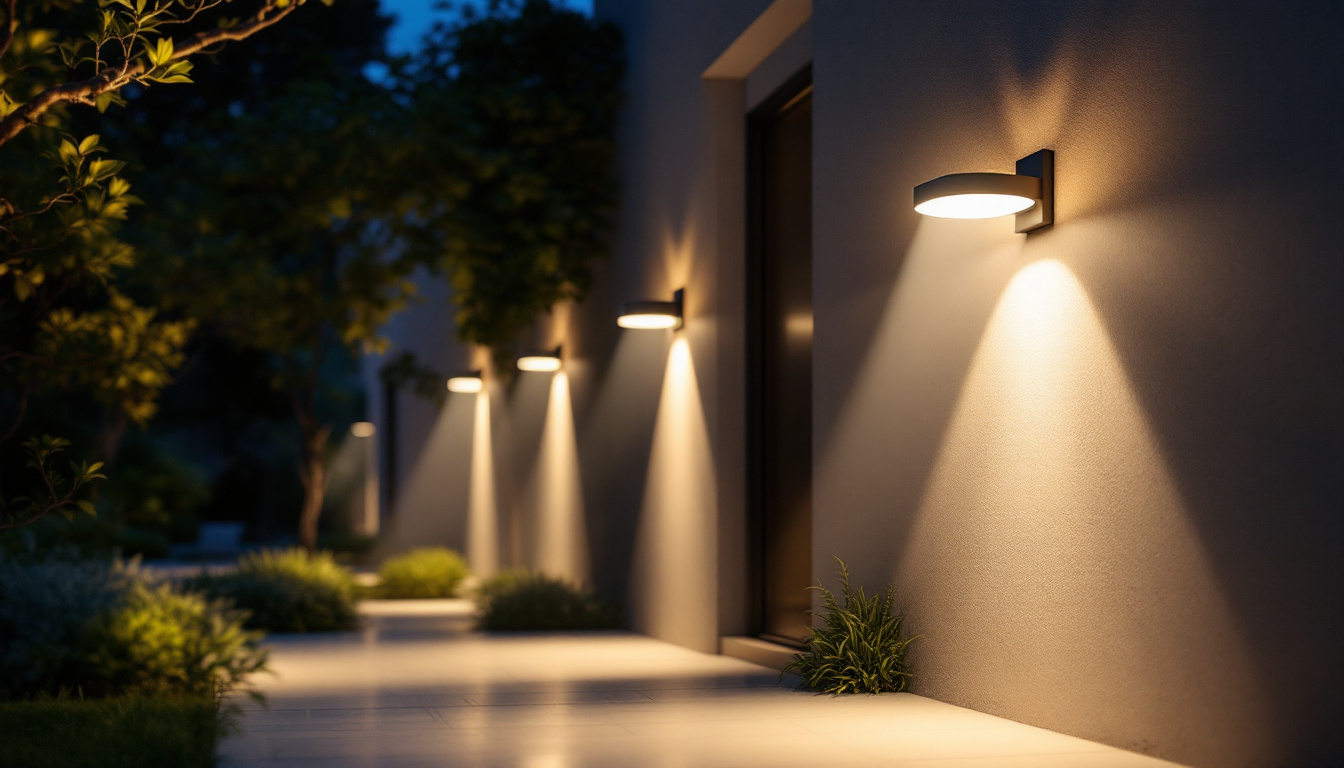
Field lights play a crucial role in various outdoor applications, from construction sites to sporting events. For lighting contractors, understanding the nuances of field lighting is essential for delivering optimal solutions to clients. This guide delves into the different aspects of field lights, including types, installation tips, and maintenance practices, ensuring that contractors are well-equipped to tackle any project.
Field lights are specialized lighting fixtures designed to illuminate large outdoor areas. They are particularly useful in environments where natural light is insufficient or non-existent. These lights can provide safety, enhance visibility, and improve productivity during nighttime operations. Whether for construction sites, sports fields, or outdoor events, field lights play a crucial role in ensuring that activities can continue seamlessly after sunset.
Moreover, the advancement in lighting technology has led to the development of smarter field lights that can be controlled remotely, integrated with smart city infrastructure, or programmed to adjust brightness based on ambient light conditions. This not only enhances energy efficiency but also allows for tailored lighting solutions that meet the specific needs of different activities and environments.
There are several types of field lights available on the market, each catering to different needs and applications. Understanding these types can help contractors choose the right lighting solution for their projects.
When selecting field lights, several key features should be taken into account to ensure the best performance and suitability for the intended application.
Proper installation of field lights is essential for maximizing their effectiveness and ensuring safety. Following best practices can help contractors achieve optimal results.
Before installation, conducting a thorough site assessment is crucial. This involves evaluating the area to determine lighting requirements based on the specific tasks and the layout of the space.
Consider factors such as existing light sources, the height of surrounding structures, and potential obstructions. This assessment will help in deciding the type and placement of lights. Additionally, it is important to take into account the intended use of the space, whether it be for sports, security, or general illumination. Understanding the peak usage times and the types of activities that will occur can further refine the lighting plan, ensuring that all areas are adequately lit for safety and functionality.
Field lights can be mounted in various ways, depending on the application. Common mounting options include:
Each mounting option has its own advantages and can be selected based on the specific requirements of the site. For instance, pole mounting is particularly beneficial for sports fields where uniform light distribution is critical to player safety and performance. On the other hand, wall mounting can be an excellent choice for parking lots or pathways, where focused lighting can enhance visibility and deter potential security threats. Tripod mounts, while versatile, are best suited for temporary setups, such as events or construction sites where flexibility is key.
Proper wiring is essential for the safety and efficiency of field lights. Contractors should ensure that all electrical connections are secure and comply with local codes and regulations. Using weather-resistant connectors and cables can help prevent issues caused by moisture and temperature fluctuations.
Additionally, consider incorporating timers or motion sensors to enhance energy efficiency and reduce unnecessary usage. These features not only contribute to lower energy costs but also extend the lifespan of the lighting fixtures by reducing wear and tear. Furthermore, planning for future upgrades or expansions during the initial wiring phase can save time and resources later on. For example, installing additional conduits or outlets can facilitate the addition of more lights or advanced lighting controls in the future, ensuring that the system remains adaptable to changing needs.
Regular maintenance is key to ensuring the longevity and performance of field lights. A well-maintained lighting system can save contractors time and money in the long run.
Conducting routine inspections can help identify potential issues before they become significant problems. Inspect fixtures for signs of wear and tear, such as corrosion, loose connections, or damaged lenses.
Regularly check the functionality of all lights and replace any burnt-out bulbs promptly to maintain optimal illumination levels.
Dust and debris can accumulate on light fixtures, reducing their efficiency. Regular cleaning of lenses and housing can help maintain brightness and clarity. Use appropriate cleaning solutions that do not damage the fixtures.
Additionally, ensure that surrounding areas are kept clear of obstructions that could block light output.
Safety should always be a top priority when working with field lights. Both contractors and end-users must be aware of safety protocols to prevent accidents and injuries.
When installing or maintaining field lights, contractors should adhere to electrical safety guidelines. This includes turning off power before working on electrical components and using insulated tools.
Ensure that all electrical installations are performed by qualified personnel to minimize the risk of electrical shocks or fires.
Working at heights can pose significant risks, especially when installing pole-mounted lights. Use appropriate safety gear, such as harnesses and helmets, and ensure that ladders or lifts are stable and secure during installation.
Additionally, mark areas where lights are being installed to alert workers and pedestrians of potential hazards.
The field lighting industry is continually evolving, with new technologies emerging to enhance performance and efficiency. Staying informed about these trends can give contractors a competitive edge.
Smart lighting technology is gaining traction in the field lighting sector. These systems allow for remote control and monitoring, enabling contractors to adjust lighting levels and schedules from a distance.
Integration with smart sensors can further enhance energy efficiency by automatically adjusting brightness based on ambient light levels or motion detection.
As sustainability becomes increasingly important, solar-powered field lights are becoming more popular. These lights harness solar energy, reducing reliance on traditional power sources and lowering operational costs.
While initial installation costs may be higher, the long-term savings and environmental benefits make solar options an attractive choice for many contractors.
Partnering with the right supplier can significantly impact a contractor’s success in field lighting projects. Selecting a reputable supplier ensures access to high-quality products and reliable support.
When evaluating potential suppliers, consider the following factors:
Establishing strong relationships with suppliers can lead to better pricing, access to exclusive products, and priority support. Regular communication and collaboration can foster a mutually beneficial partnership.
Consider attending industry events or trade shows to connect with suppliers and learn about the latest products and innovations in field lighting.
Field lights are an essential component of outdoor lighting solutions, and understanding their various aspects is crucial for lighting contractors. From selecting the right type of light to ensuring proper installation and maintenance, each step plays a vital role in delivering effective lighting solutions.
By staying informed about industry trends and best practices, contractors can enhance their service offerings and meet the diverse needs of their clients. With the right knowledge and resources, field lighting projects can be executed efficiently and successfully, paving the way for safer and more productive outdoor environments.
Ready to elevate your field lighting game? Look no further than LumenWholesale for a vast array of top-quality, spec-grade lighting products at unbeatable wholesale prices. Say goodbye to local distributor markups and hello to superior lighting solutions that meet the highest industry standards. With LumenWholesale, bulk buying is a breeze, thanks to our hassle-free process and free shipping. Don’t compromise on quality or value—choose LumenWholesale for premium lighting that blends affordability with convenience. Take the next step towards brighter, more productive outdoor environments by visiting Wholesale Lighting at the Best Value today.

Discover how LED light suppliers boost energy efficiency, reduce costs by up to 75%, and promote sustainability.

Discover how LED wall lamps are revolutionizing the lighting industry with their energy efficiency, sleek design, and versatile applications.

Discover why lighting contractors should prioritize the installation of ceiling fan 3-speed switches.

Discover essential compliance guidelines for outdoor post lighting in this informative article.